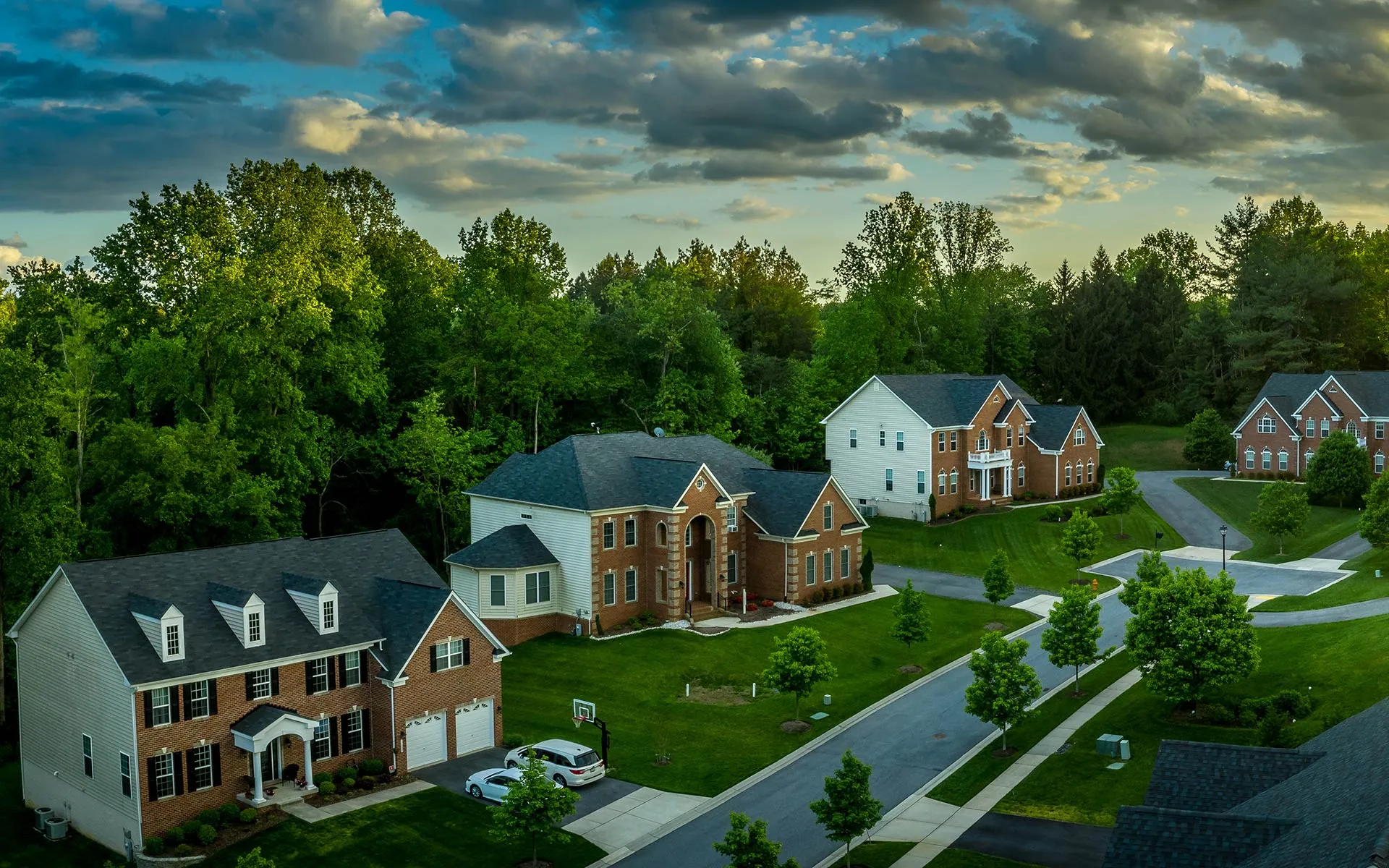Upgrading Windows: When Is the Right Time?
Windows are crucial in maintaining a comfortable, energy-efficient, and visually appealing home. Over time, however, windows can deteriorate, leading to higher energy bills, decreased curb appeal, and reduced functionality. Knowing when to upgrade windows can help homeowners avoid costly repairs and enjoy the benefits of modern, energy-efficient designs. If you're unsure whether now is the best time to replace windows in your home, here are some key considerations.
Signs You Need New Windows
Recognizing the signs you need new windows is the first step in determining when to upgrade windows.
Drafts and Temperature Fluctuations
If your home feels noticeably colder in the winter and warmer in the summer despite using heating and cooling systems, your windows could be to blame. Poor insulation and air leaks make maintaining a consistent indoor temperature difficult, leading to increased energy consumption. Upgrading windows with energy-efficient designs can help eliminate drafts and improve temperature regulation.
Rising Energy Bills
One of the most significant benefits of upgrading windows is the potential for energy savings. Older windows with single-pane glass or damaged seals allow heat to escape in the winter and enter during the summer, forcing HVAC systems to work harder. If you've noticed an unexplained increase in energy costs, it may be the best time to replace windows with high-performance options designed for improved insulation and energy efficiency.
Difficulty Opening or Closing Windows
Windows should operate smoothly without sticking, jamming, or requiring excessive force to open or close. Warped frames, broken hardware, or balance issues can make windows challenging to use, compromising convenience and security. If you're struggling to operate your windows, upgrading windows to a newer, more functional design can enhance ease of use and home safety.
Condensation or Fog Between Panes
Double- and triple-pane windows contain insulating gas layers that help regulate indoor temperatures. If you notice condensation or fogging between the panes, it typically means the seal has failed, allowing moisture to enter. This reduces the window's efficiency and indicates that it's time to replace windows with better-insulated models.
Visible Damage or Decay
Cracked glass, rotting wood, and peeling paint indicate that your windows are past their prime. Not only do damaged windows compromise your home’s appearance, but they can also lead to further issues, such as water damage and mold growth. When windows show visible signs of wear, replacing them with durable, high-quality options can help protect your home from further deterioration.
Best Time to Replace Windows
While window upgrades can be done at any time of the year, some seasons offer advantages in terms of cost and efficiency. Understanding the best time to replace windows can help homeowners plan their upgrades effectively.
Spring and Summer
Warmer months are ideal for replacing windows because installers can work more efficiently without concerns about snow, ice, or extreme cold. This is also a great time for homeowners to enjoy improved ventilation and energy efficiency before the peak heat of summer sets in. However, demand for window replacements is often higher during these seasons, which could result in longer wait times.
Fall and Winter
Colder months may not seem like the best time to replace windows, but there are advantages to scheduling upgrades during this period. Many window companies offer discounts during slower seasons, and homeowners can often secure quicker installation times. Additionally, replacing windows before winter ensures your home stays warm and energy efficient when temperatures drop.
Get Expert Window Replacement Services
If you've noticed signs you need new windows or want to explore the benefits of upgrading windows for energy savings, Custom Exteriors can help. Contact us today to schedule a consultation and take the first step toward a more comfortable, efficient home.


